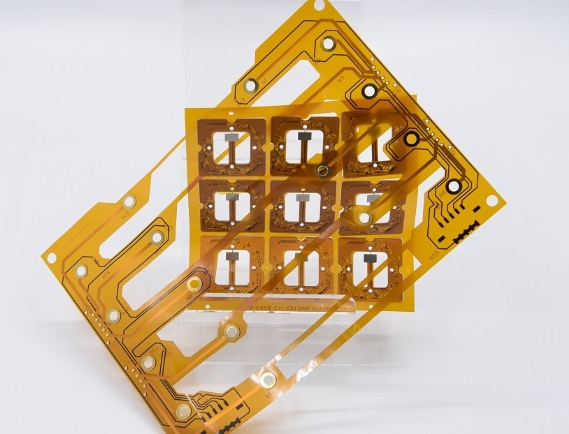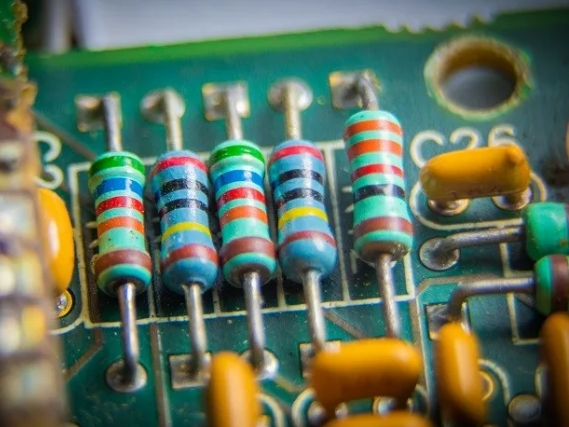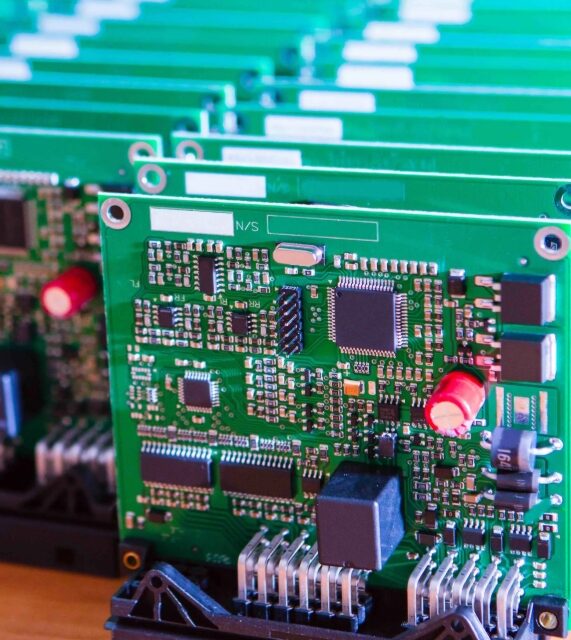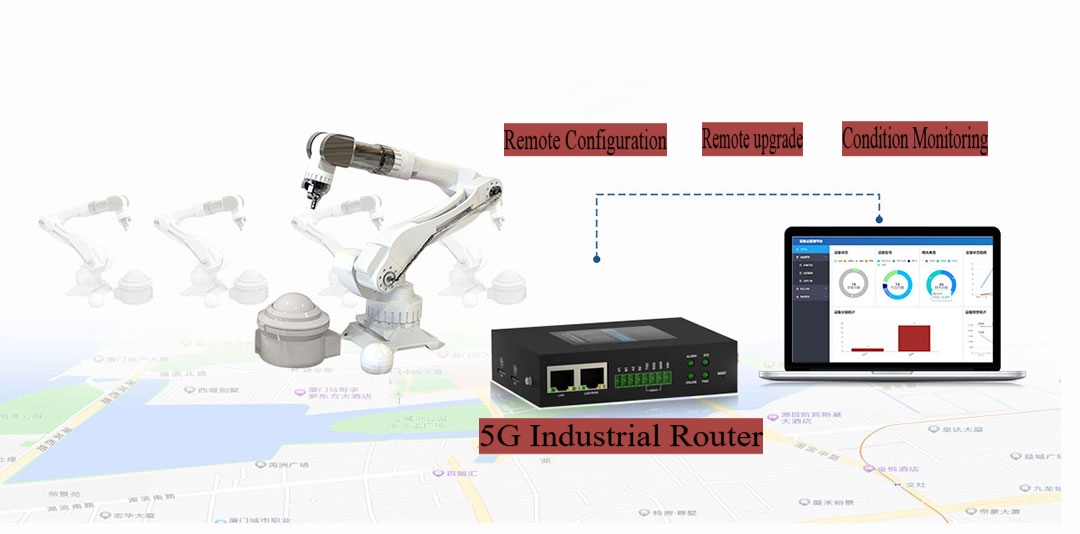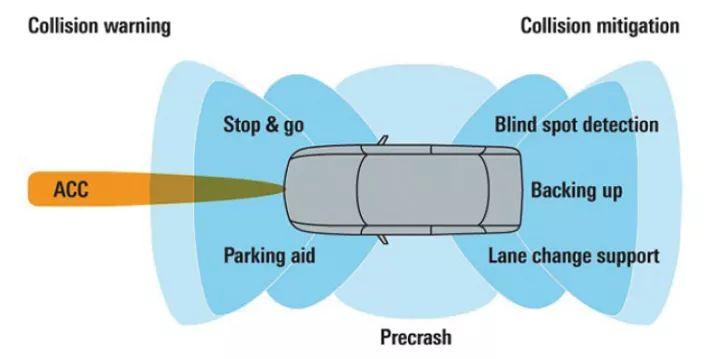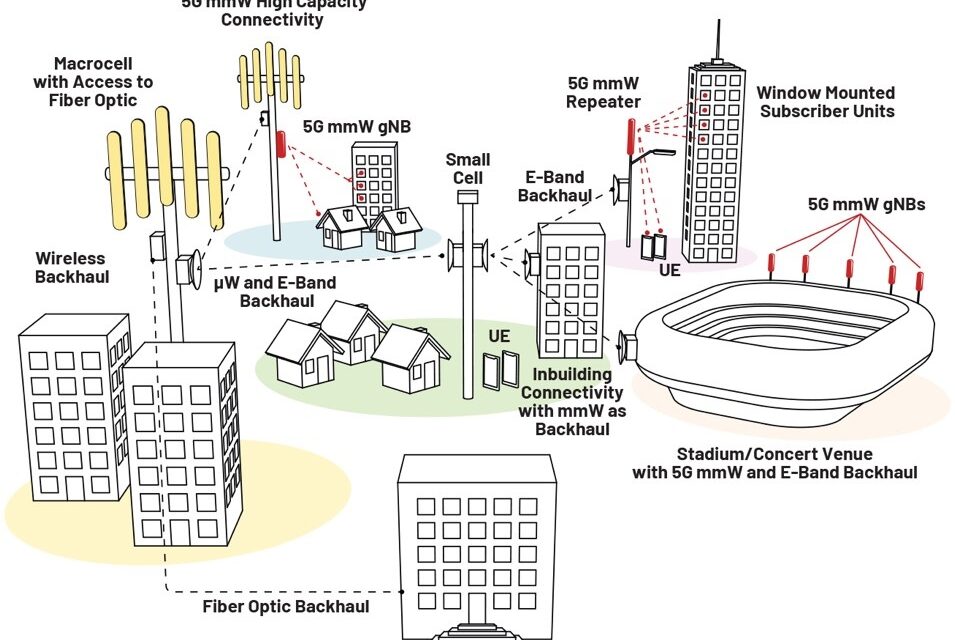PCB routing involves laying out traces to minimize interference, ensure signal integrity, and meet design requirements such as impedance control and thermal management. Traces carry electrical signals between components such as integrated circuits, resistors, and capacitors. PCB traces are usually made of copper. They are created by applying a layer of photosensitive material onto a copper-clad board, exposing...
HomeAuthor
kkpcba-Cindy - KKPCB - Page 39 of 73
It wasn’t long ago that rigid circuit boards were the only possible electronic system method available. Whether it was entertainment or industrious, the shape of most devices was an extension of an intractable rigid board. More recently, the tide has turned: as technology has developed and matured, the enclosure is shaping the electronics inside them. Despite additional...
PCB resistors are designed to be mounted and soldered to printed circuit boards; they control current flow and divide voltages, among other things. PCB resistors come in many shapes and sizes, but they’re all designed to fit easily into board layouts. They have two terminals that can be soldered to the conductive traces on the PCB so they...
When designing a PCB, one of the critical decisions you’ll face is whether to use plated or unplated mounting holes. These holes are essential for securing the PCB to an enclosure or package, but the choice between plated and unplated holes depends on your design requirements, grounding needs, and mechanical considerations. Let’s explore the differences, advantages, and best...
1. Customer Background The customer is a globally leading manufacturer of communication equipment, specializing in the development and production of large-scale routers, switches, servers, and high-speed networking devices. As modern network communications demand increasingly high signal integrity, reliability, and thermal stability, the customer required an 36-layer PCB with low-loss material (S1000-2M) and advanced immersion gold plating to ensure stable signal transmission...
1. Background Overview A European customer in the industrial automation sector required a high-performance and reliable industrial network router for device-to-device communication in their automated systems. The router needed to support high-speed data transfer, strong anti-interference capabilities, remote control functionality, and stable operation in harsh environments. The customer was looking for a supplier with expertise...
Automotive radar technology is on the rise. Whether it is for current blind spot detection systems or for developing autonomous driving control, high performance, high reliability, compact size, and low cost are indispensable factors and motivations for the continuous development and improvement of core automotive radar technologies. Automotive radar is an essential component of driver...
As complexity and density increase, the long-term reliability of RF/microwave circuit components becomes more challenging to characterize. Printed Circuit Boards (PCBs) comprise numerous active and passive components, whose performance can vary over time and with operating environment temperatures. Additionally, PCB substrate materials, such as dielectrics, copper foil conductors, solder mask inks, and final finishes, may change over time, influenced...
Introduction This article introduces the various backhaul technologies available for 5G networks, focusing on E-band wireless RF links and how they support the continued deployment of 5G networks around the world. We will perform a technical analysis of the system requirements necessary for E-band technology. We will then map the results to the physical radio...
In the Texas Instruments technical article, “How low-power 60GHz mmWave radar sensors enable high-precision sensing in more applications,” we discussed how 60GHz millimeter-wave (mmWave) radar sensors enable high-precision sensing in industrial and consumer electronics applications. In this article, we will explore how low-power 77GHz radar sensors can help achieve reliable and accurate sensing in other challenging applications....

